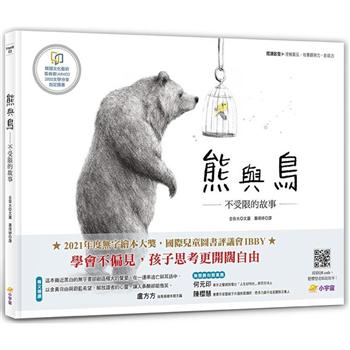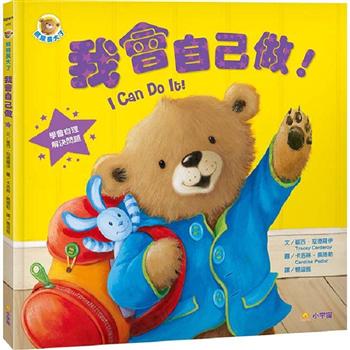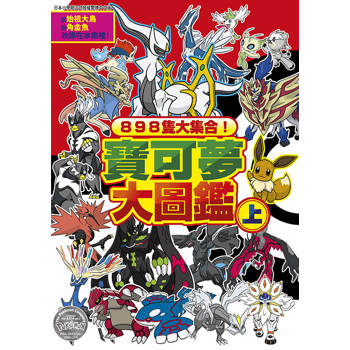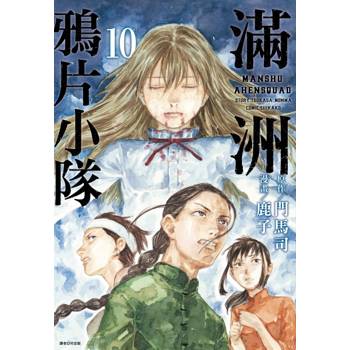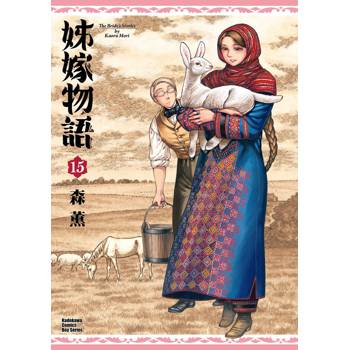How did lay people in old China save their lives when dealing with acute or chronic health issues? Conventional medicine was costly and might not have been an option for many. Instead, people in villages and towns relied on remedies drawn from a woodblock-printed illustrated booklet called the Seventy-Two Therapies, first published in 1847.
The goal of this book is to foster an appreciation of China’s long tradition of folk remedies. Each folk remedy is illustrated by a page from the circa 1860s woodblock edition of the Seventy-Two Therapies which the author used for translation. He also added a historical and interpretive analysis to expand on each therapy and to place it in the context of contemporary thinking, aiming at academics and readers interested in the everyday lives of common people in pre-1950 China, and in the folk medicine wisdom inherited from the past.
“The 72 specific diseases identified intimate a vast, unexplored world. Professor Suleski’s translation and commentary calls our attention to a work that now compels us to expand our horizons.”—Shigehisa Kuriyama(Department of East Asian Languages and Civilizations, Harvard University)
“This book captures the fascinating depth and ingenuity in Chinese folk medicine that should still resonate with many readers today. Professor Suleski shows us how empathy and rigor, neither condescending nor mystifying, can shed so much light on the resourceful remedies and arresting imageries employed by past healers to make sense of human suffering and dignity.”—He Bian (Department of History, Princeton University)
“In this riveting book, Suleski presents us with a rare glimpse of the kaleidoscopic and curious world of folk remedies in traditional China that has been hitherto overlooked by historians of medicine. Written with enthusiasm and accessible to a general audience, 72 Ways of Saving Lives offers valuable insight into healing practice among ordinary people that is both unconventional in history and rlevant to us today.”—Yan Liu (Department of History, University at Buffalo, SUNY)
| FindBook |
有 3 項符合
72 Ways of Saving Lives:Folk Remedies in Old China的圖書 |
 |
72 Ways of Saving Lives:Folk Remedies in Old China 作者:Ronald Suleski 出版社:香港中文大學 出版日期:2024-07-01 語言:繁體中文 規格:精裝 / 288頁 / 15 x 23 x 4.03 cm / 普通級/ 單色印刷 / 初版 |
| 圖書館借閱 |
| 國家圖書館 | 全國圖書書目資訊網 | 國立公共資訊圖書館 | 電子書服務平台 | MetaCat 跨館整合查詢 |
| 臺北市立圖書館 | 新北市立圖書館 | 基隆市公共圖書館 | 桃園市立圖書館 | 新竹縣公共圖書館 |
| 苗栗縣立圖書館 | 臺中市立圖書館 | 彰化縣公共圖書館 | 南投縣文化局 | 雲林縣公共圖書館 |
| 嘉義縣圖書館 | 臺南市立圖書館 | 高雄市立圖書館 | 屏東縣公共圖書館 | 宜蘭縣公共圖書館 |
| 花蓮縣文化局 | 臺東縣文化處 |
|
|
圖書介紹 - 資料來源:博客來 評分:
圖書名稱:72 Ways of Saving Lives:Folk Remedies in Old China
內容簡介
作者介紹
作者簡介
Ronald Suleski
Ronald Suleski received his PhD in Chinese History from the University of Michigan. He is Professor of History and Director of the Rosenberg Institute for East Asian Studies, Suffolk University, Boston. Prior to that he was Assistant Director of the Fairbank Center for Chinese Studies at Harvard University (2003– 2009), he has taught at the University of Texas at Arlington and at Sophia University in Tokyo, served as Provost of the Tokyo Campus of Huron University, and been elected President of the Asiatic Society of Japan.
His publications include The Modernization of Manchuria: An Annotated Bibliography (1994); Civil Government in Warlord China: Tradition, Modernization and Manchuria (2002); Manshū no seishōnen zō (Images of Youth in Manchuria) (2008, in Japanese); and Daily Life for the Common People of China, 1850 to 1950: Understanding Chaoben Culture (2018).
Ronald Suleski
Ronald Suleski received his PhD in Chinese History from the University of Michigan. He is Professor of History and Director of the Rosenberg Institute for East Asian Studies, Suffolk University, Boston. Prior to that he was Assistant Director of the Fairbank Center for Chinese Studies at Harvard University (2003– 2009), he has taught at the University of Texas at Arlington and at Sophia University in Tokyo, served as Provost of the Tokyo Campus of Huron University, and been elected President of the Asiatic Society of Japan.
His publications include The Modernization of Manchuria: An Annotated Bibliography (1994); Civil Government in Warlord China: Tradition, Modernization and Manchuria (2002); Manshū no seishōnen zō (Images of Youth in Manchuria) (2008, in Japanese); and Daily Life for the Common People of China, 1850 to 1950: Understanding Chaoben Culture (2018).
|


